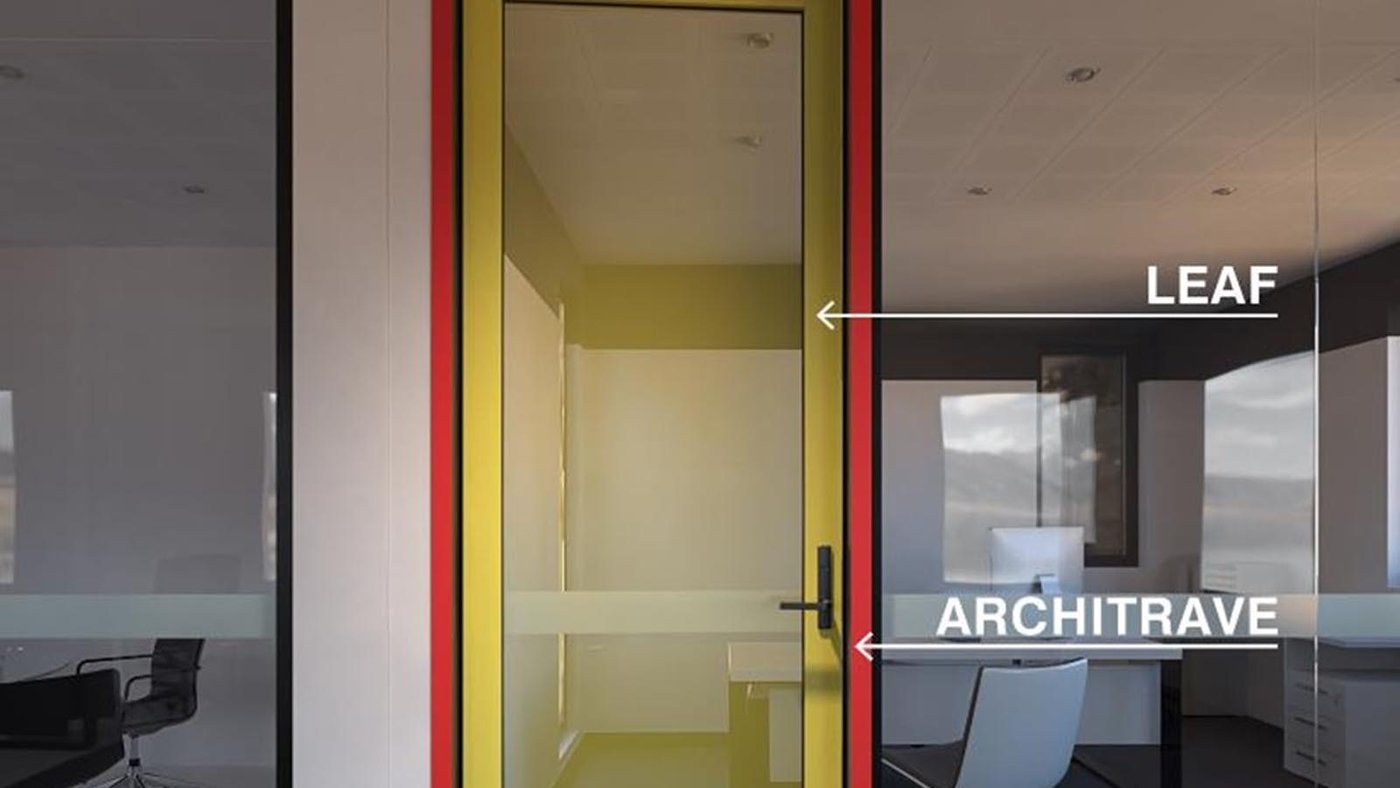
Vision impairment is a term used to describe any degree of sight loss and encompasses everything from partial vision loss to full blindness.
Vision Impairment in Australia
Approximately 300,000 people in Australia are vision impaired. This number is rapidly increasing with one person diagnosed with a vision impairment every 65 minutes.
Nine out of 10 visually impaired people have residual vision, while the remaining one out of 10 visually impaired have no sight at all.
Of Australia’s visually impaired, around 31% use a long white cane, 2-3% use a guide dog and the remainder use their residual vision.
The largest two causes of sight loss in Australia are:
With the number of visually impaired Australians expected to increase to 420,000 by 2021, it is imperative all public premises are designed to assist and support all degrees of vision impairment.
What is luminance contrast?
Luminance contrast is the light reflected from one surface or component, compared to the light reflected from another surface or component.
It is a crucial provision for vision-impaired occupants, delineating clear visual contrasts between all elements of the door system, including door frames, jambs and glazed surfaces.
Visual indicators are particularly important on glass doors and sidelights, informing individuals to the presence of fully glazed panels in the path of travel.
Section 13.1 of AS 1428.1-2009 states a minimum luminance contrast of 30% must be provided between ONE of the following:
A minimum 50mm width area of luminance contrast is a requirement for all new doorways.
 Contrast is achieved between the Door Leaf and the Architrave.
Contrast is achieved between the Door Leaf and the Architrave.
How do you find the Light Reflectance Value?
Light reflectance value (LRV), is a measure of visible and usable light that’s reflected from a surface when illuminated by a light source. To test building element contrasts, where the LRV’s are known, a luminance calculator can be used to determine the luminance contrast ratio. LRV’s for each colour can also be found in the rear of a colour fan deck.
 How do you find the Luminance Reflectance Value?
How do you find the Luminance Reflectance Value?

In the landscape of modern commercial architecture, flexibility is more than just a buzzword—it’s a functional necessity.

Discover how aluminium is revolutionising modern architecture with its strength, versatility, and sustainability. Explore its structural benefits, design flexibility, and eco-friendly advantages in our latest blog.

Poor acoustics in modern office design represent more than just an inconvenience—they’re a hidden cost with far-reaching implications for productivity, wellbeing, and finances.